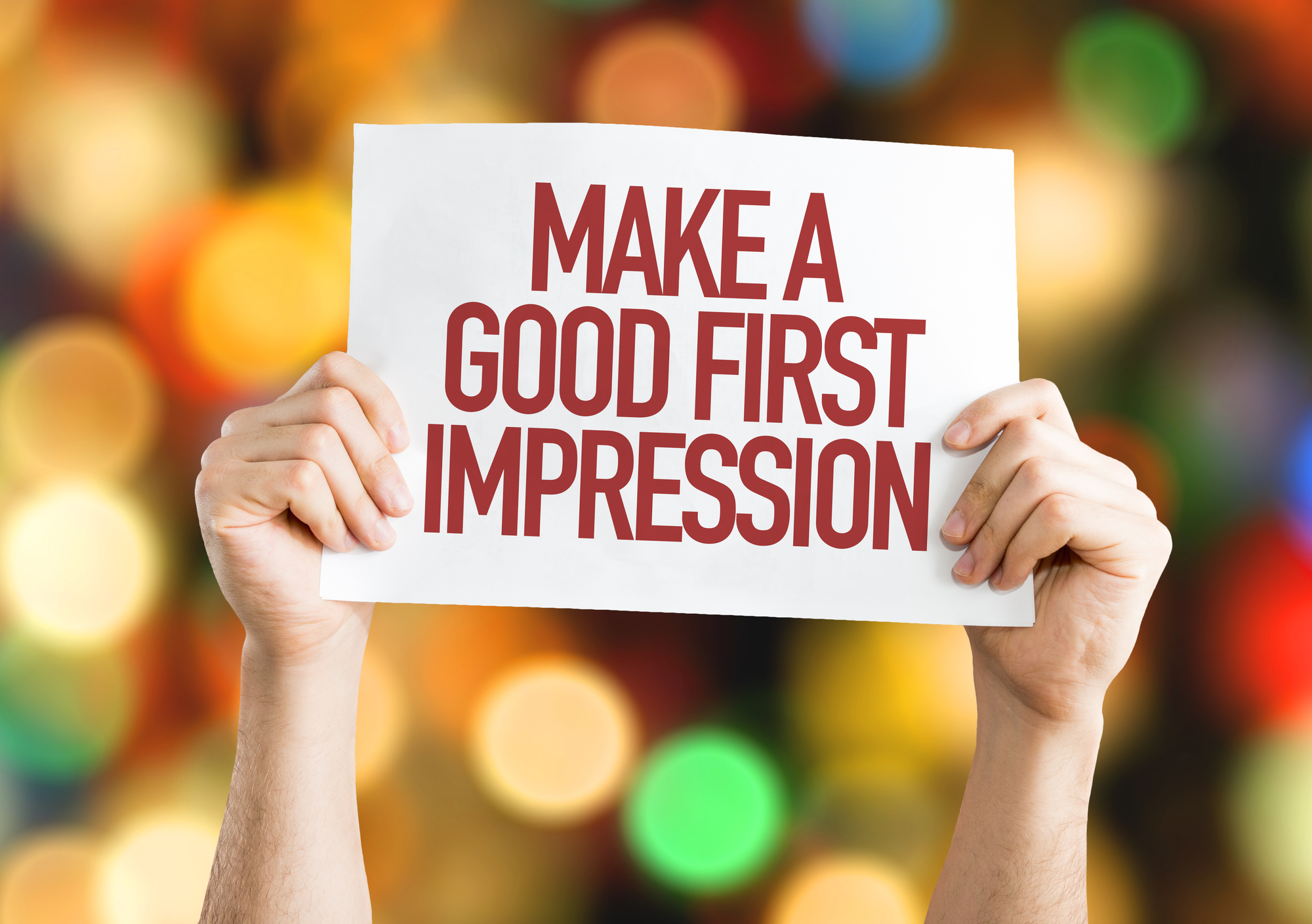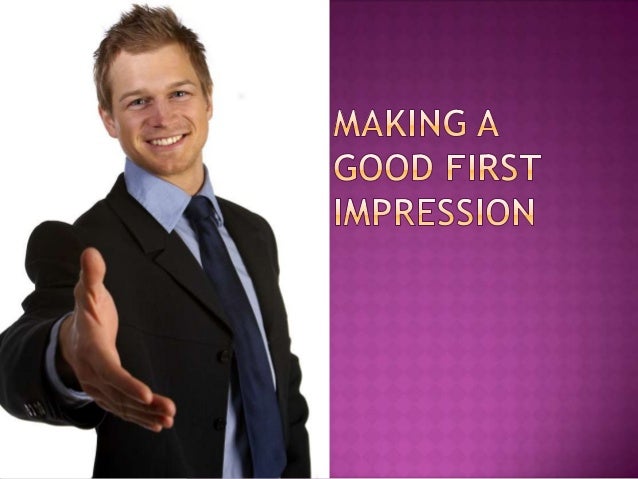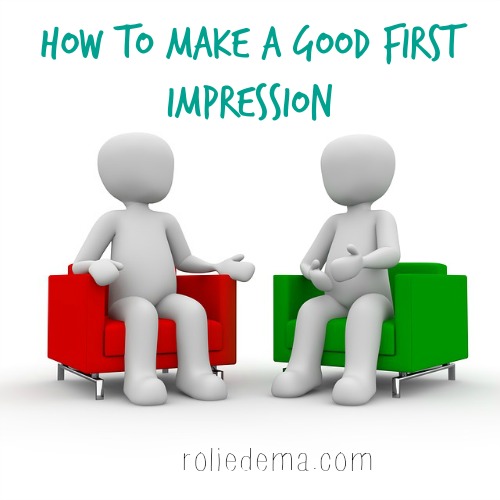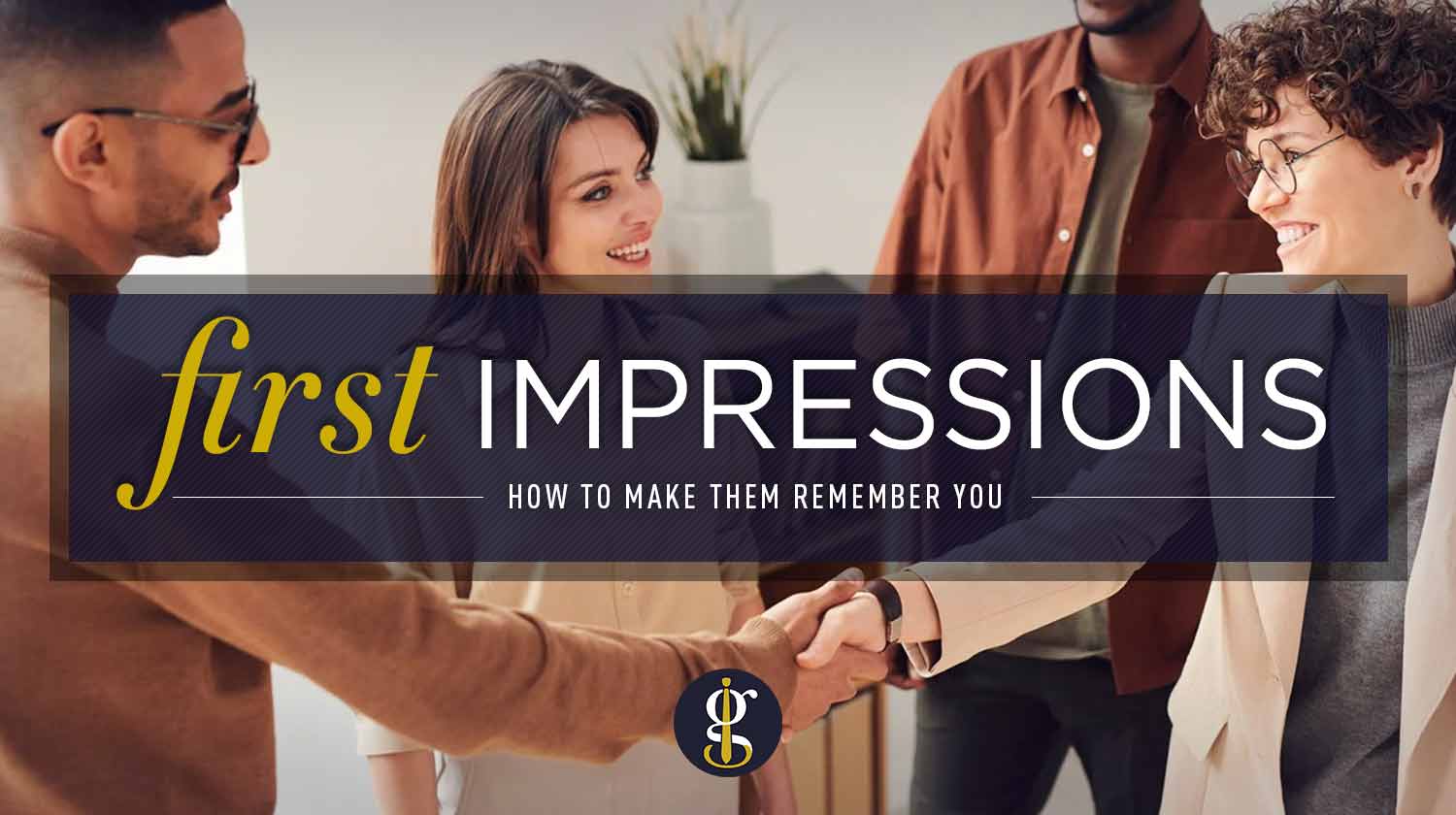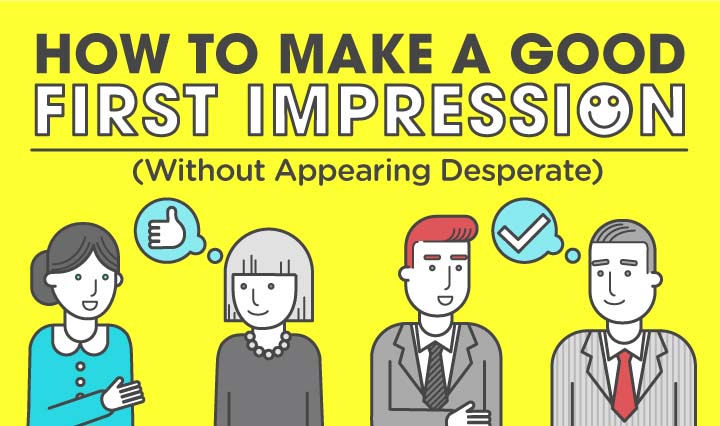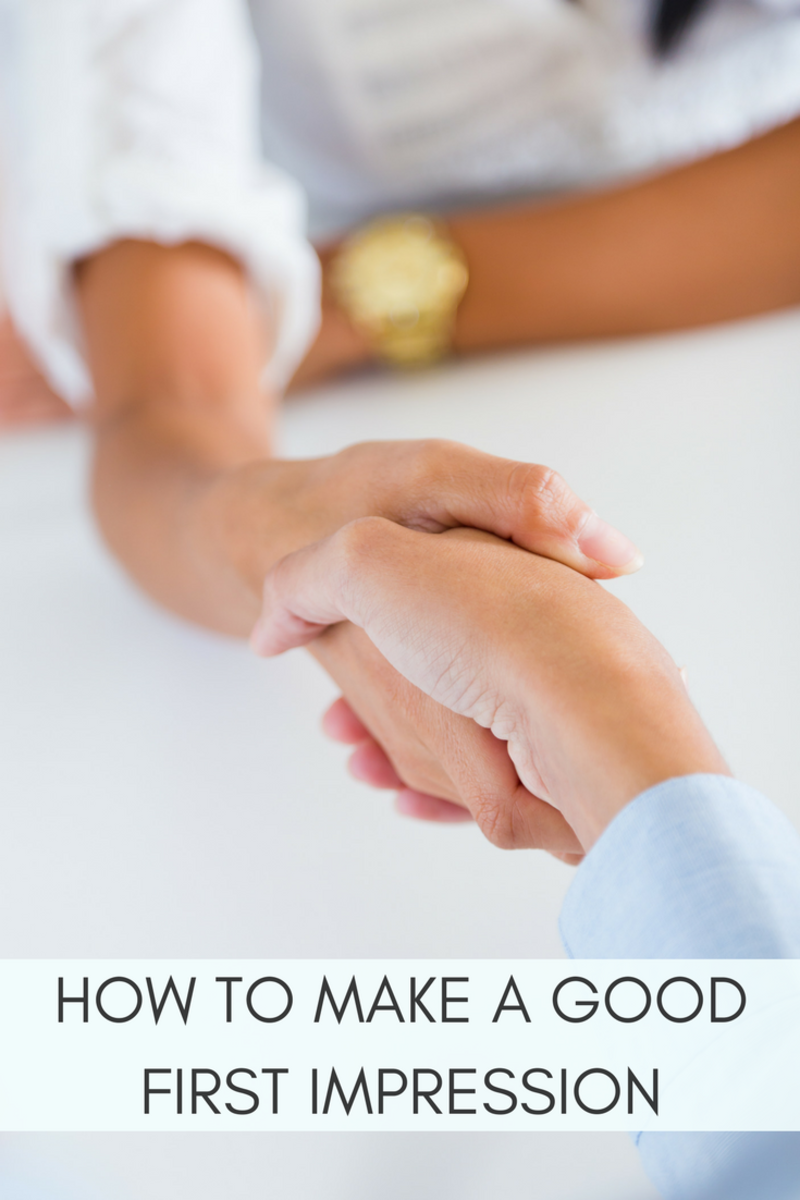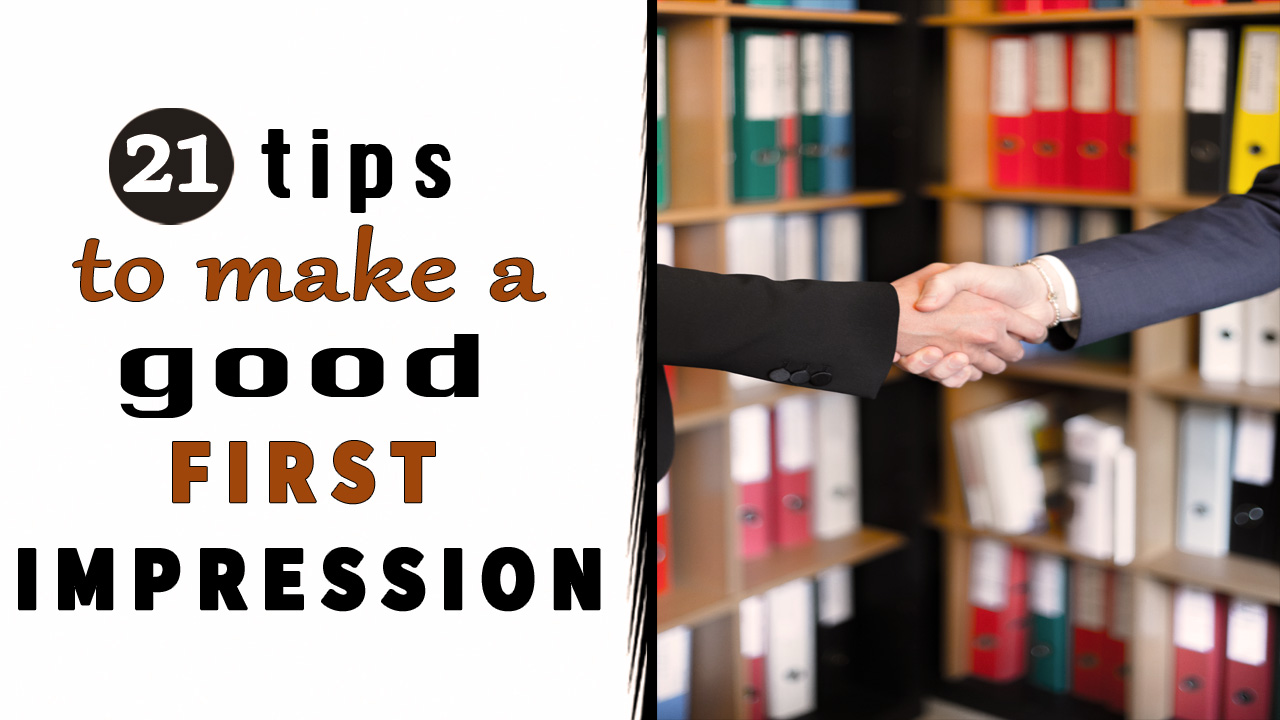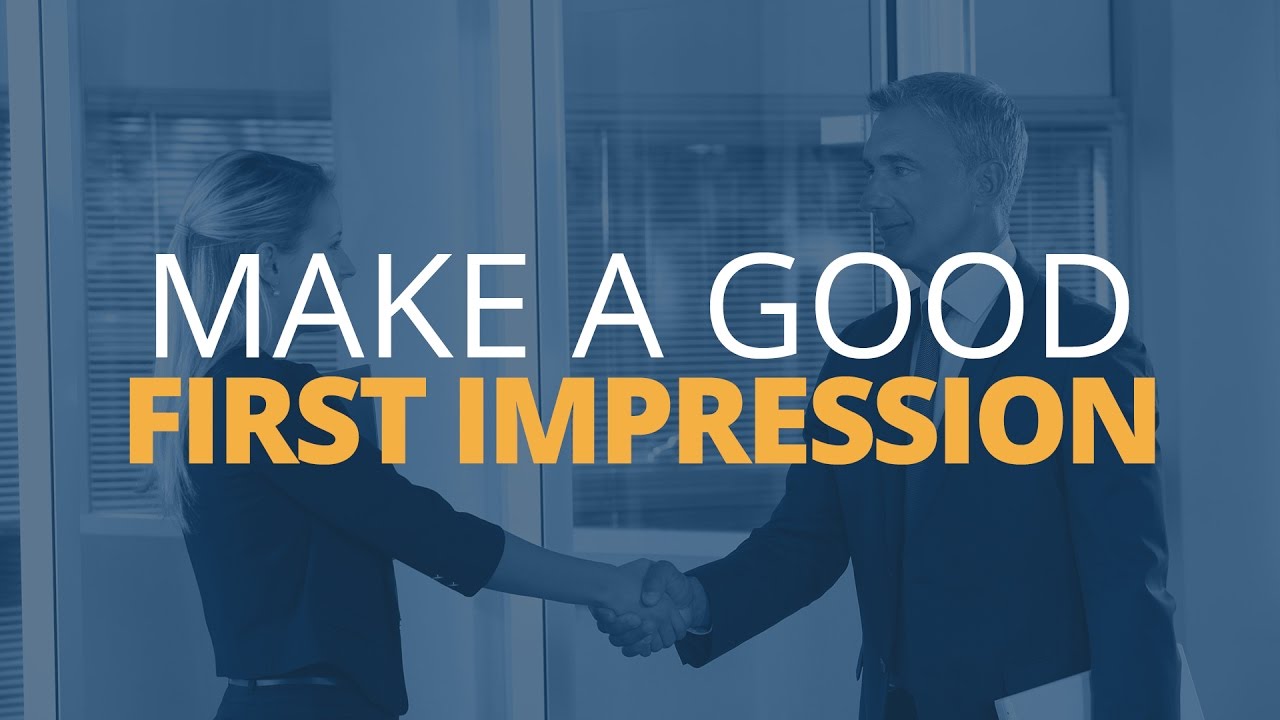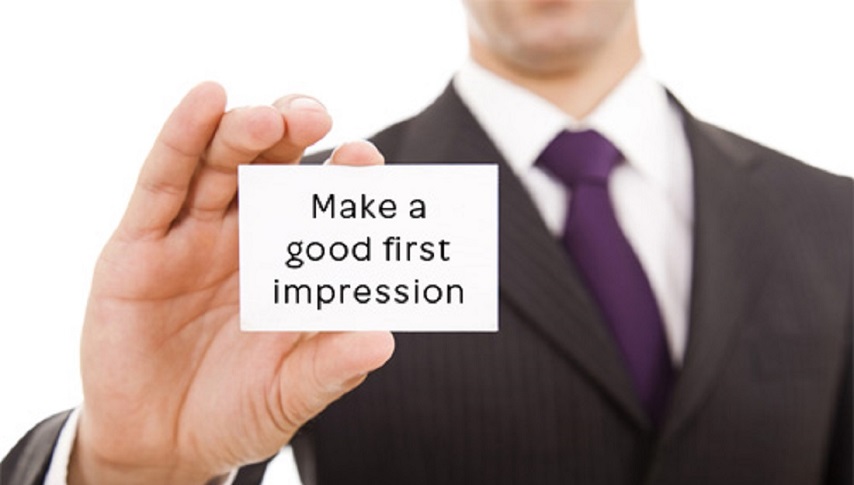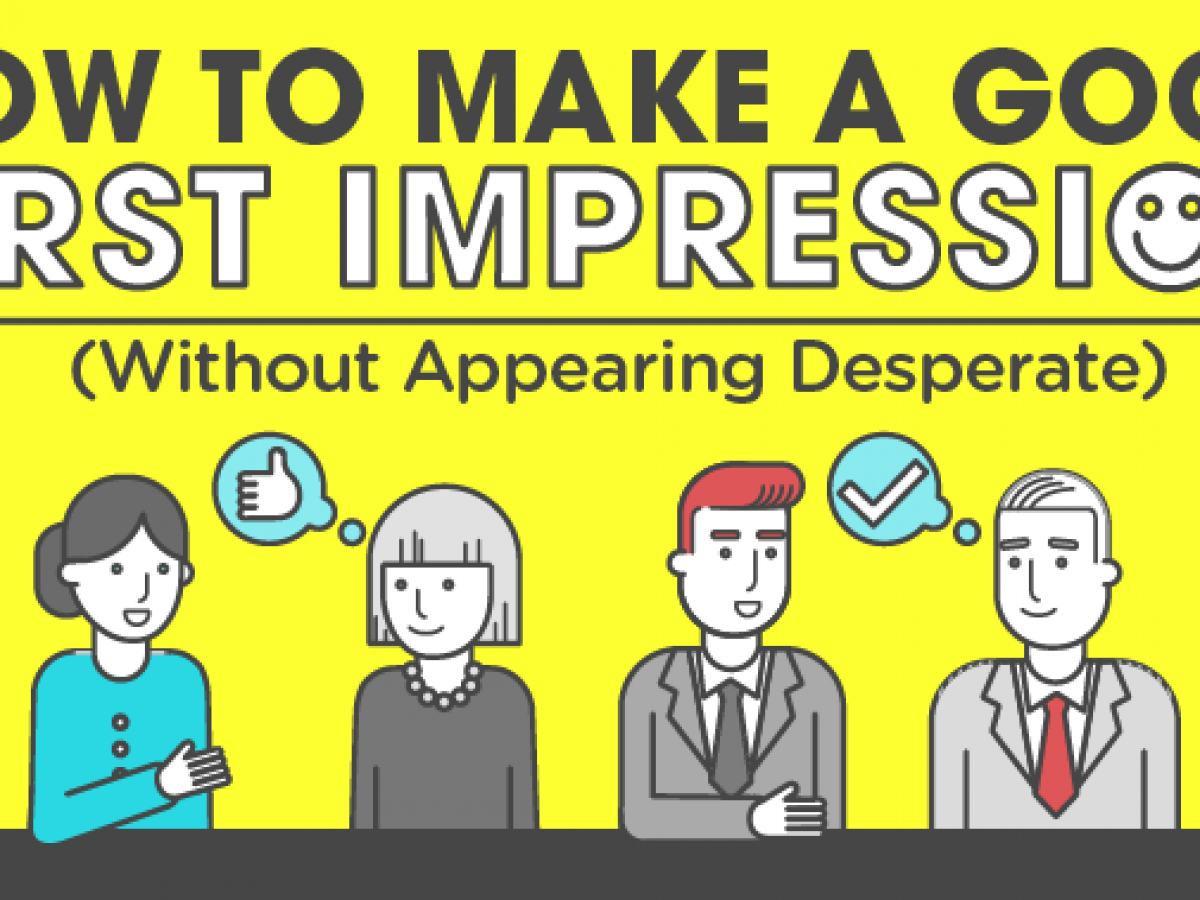How To Create A Good First Impression

In today's interconnected world, making a strong first impression is more critical than ever, whether it's landing a dream job, securing a crucial business deal, or simply forging new personal connections.
But how exactly do you craft that unforgettable initial encounter? The answer lies in a blend of preparation, awareness, and genuine engagement, according to experts in communication and social psychology.
The Science of First Impressions
Princeton University researchers, led by psychologist Janine Willis, famously demonstrated that people make judgments about others within a tenth of a second of seeing their face. This rapid assessment highlights the powerful impact of nonverbal cues.
"First impressions are remarkably stable and predictive," says Dr. Leonard Zunin, author of "Contact: The First Four Minutes." "People tend to stick with their initial assessment, even when presented with contradictory information."
Preparation is Key
Before any important meeting or social event, research your audience. Understanding their background, interests, and communication styles allows you to tailor your approach effectively.
Practice your elevator pitch. This succinct summary of your skills, experiences, and goals should be clear, concise, and compelling.
Dress appropriately for the occasion. Consider the setting and the expectations of those you'll be meeting.
The Power of Nonverbal Communication
Maintain eye contact. It signals confidence and sincerity.
Smile genuinely. A warm smile is universally recognized and appreciated.
Use open body language. Avoid crossing your arms or legs, as this can convey defensiveness or disinterest.
"People will forget what you said, people will forget what you did, but people will never forget how you made them feel." - Maya Angelou
Active Listening and Engagement
Focus on the other person. Show genuine interest in what they have to say.
Ask open-ended questions. Encourage them to elaborate and share their thoughts.
Practice active listening. Pay attention to both verbal and nonverbal cues, and respond thoughtfully.
Beyond the Surface: Authenticity Matters
While preparation and technique are valuable, authenticity is paramount. People can often detect insincerity, which can damage your credibility.
Be yourself. Let your personality shine through.
Focus on building genuine connections. View the encounter as an opportunity to learn and grow.
The Impact of Technology
In the digital age, first impressions extend beyond face-to-face interactions. Your online presence – including your social media profiles, website, and email communication – plays a crucial role.
Ensure your online profiles are professional and up-to-date.
Proofread all written communication carefully. Typos and grammatical errors can undermine your credibility.
A Human Touch
For Sarah Chen, a recent college graduate entering the competitive job market, mastering the art of the first impression was essential. “I realized that it wasn't just about having the right qualifications, but about making a memorable connection with the interviewer," she shares.
By focusing on active listening and showcasing her genuine enthusiasm for the role, Sarah was able to stand out from other candidates. She landed her dream job at a leading tech company.
Her story illustrates that making a positive first impression is a skill that can be learned and honed, opening doors to new opportunities and enriching personal relationships.
Conclusion
Crafting a good first impression is an art that blends preparation, awareness, and authenticity. By understanding the science behind initial judgments, mastering nonverbal communication, and focusing on genuine engagement, individuals can significantly enhance their interactions and build lasting connections.
Whether in professional or personal settings, the ability to make a positive first impression is a valuable asset that can pave the way for success and fulfillment.

